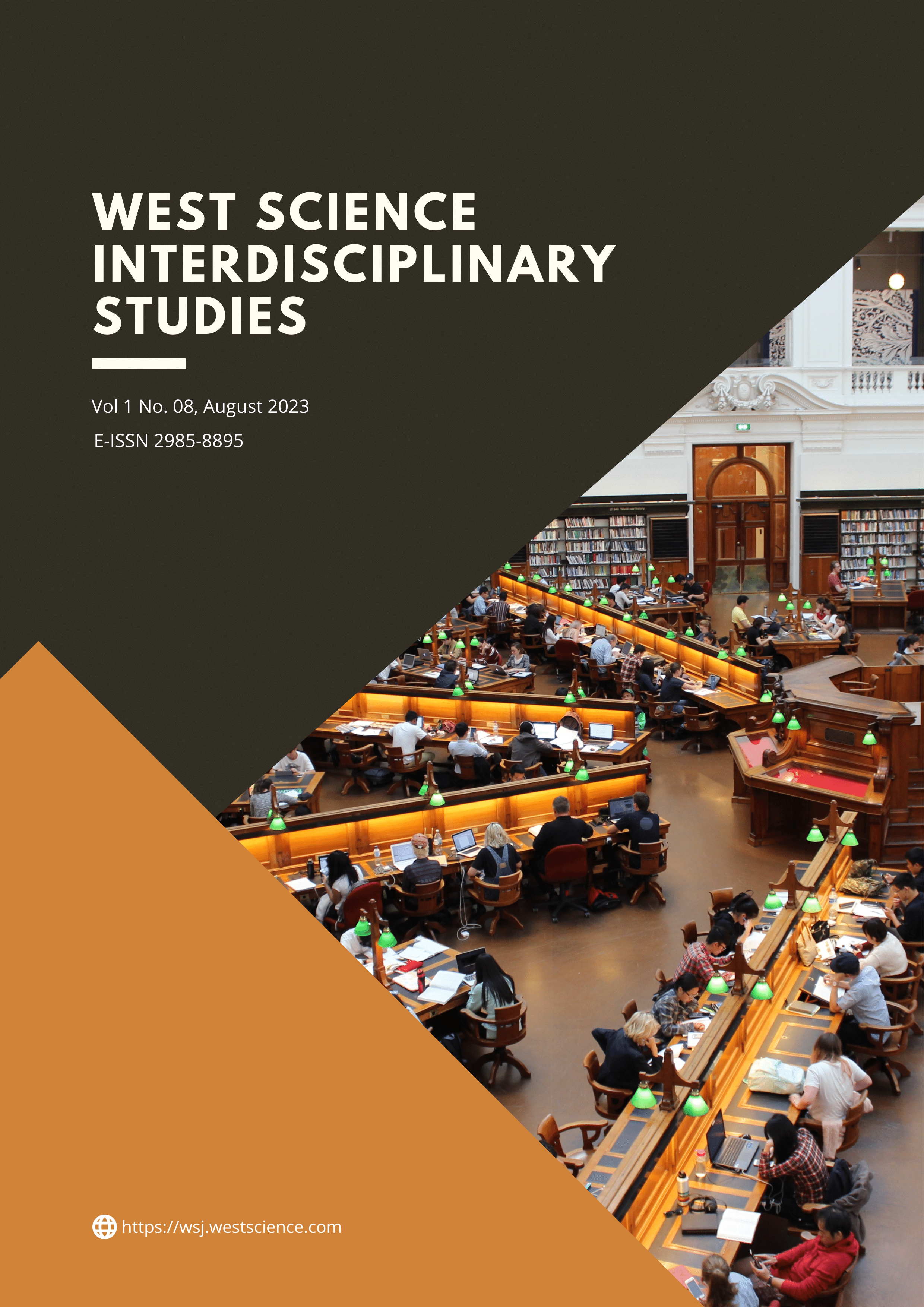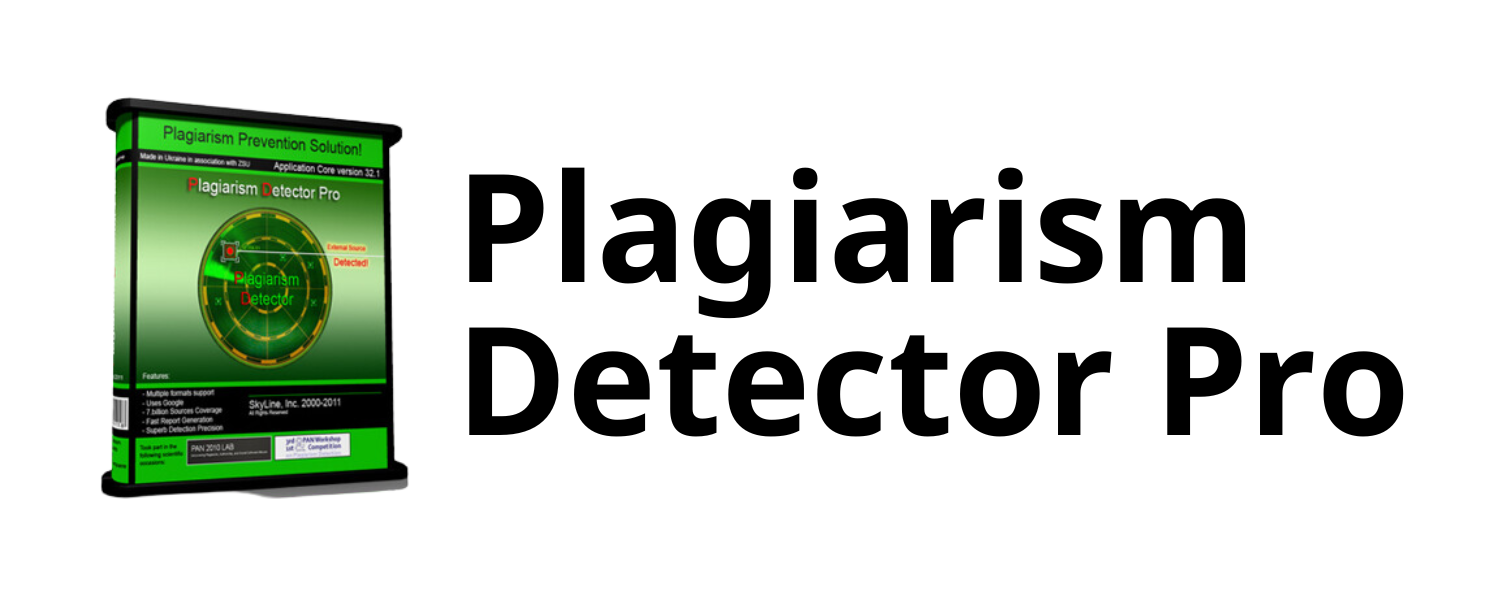Quantifying the Impact of Renewable Energy Research on Environmental Sustainability
DOI:
https://doi.org/10.58812/wsis.v1i08.180Keywords:
Renewable Energy, Research, Environmental, SustainabilityAbstract
The imperative of addressing environmental sustainability and energy security has propelled extensive research into renewable energy technologies. This study employs bibliometric analysis to explore the impact of renewable energy research on environmental sustainability. Utilizing data from Web of Science and Scopus, a comprehensive dataset of scholarly articles and patents was compiled. The methodology involves keyword formulation, citation analysis, and collaboration network evaluation, supplemented by VOSviewer analysis for network visualization. The analysis unveils thematic clusters, influential citations, and keyword occurrences, unravelling the multifaceted nature of renewable energy research. Six thematic clusters emerge, encompassing biomass utilization, climate change, economic growth, efficiency optimization, energy systems, and energy consumption. Key citations provide insights into modeling techniques, sustainability indicators, and environmental assessment methodologies. Frequent keywords, such as life cycle assessment and technology, underscore the core pillars of the field, while less frequent terms like climate change and electricity highlight vital concepts. The findings provide holistic insights into the growth, impact, and interconnections within renewable energy research, offering valuable guidance for policymakers, researchers, and stakeholders committed to advancing environmental sustainability through renewable energy solutions.
References
B. Merk et al., “iMAGINE—Visions, Missions, and Steps for Successfully Delivering the Nuclear System of the 21st Century,” Energies, vol. 16, no. 7, p. 3120, 2023.
P. A. Owusu and S. Asumadu-Sarkodie, “A review of renewable energy sources, sustainability issues and climate change mitigation,” Cogent Eng., vol. 3, no. 1, p. 1167990, 2016.
D. Budiman, Y. Iskandar, and A. Y. Jasuni, “Millennials’ Development Strategy Agri-Socio-Preneur in West Java,” in International Conference on Economics, Management and Accounting (ICEMAC 2021), Atlantis Press, 2022, pp. 315–323.
Y. Iskandar, A. Ardhiyansyah, and U. B. Jaman, “The Impact of the Principal’s Leadership Style and the Organizational Culture of the School on Teacher Performance in SMAN 1 Cicalengka in Bandung City, West Java,” in International Conference on Education, Humanities, Social Science (ICEHoS 2022), Atlantis Press, 2023, pp. 453–459.
U. B. Jaman, “Legal Analysis of The Impact of Industrial Development on The Environment,” Easta J. Law Hum. Rights, vol. 1, no. 03, pp. 87–92, 2023.
C. C. Mitigation, “IPCC special report on renewable energy sources and climate change mitigation,” Renew. Energy, vol. 20, no. 11, 2011.
S. Supriandi, “PENGARUH MODAL SOSIAL, KAPABILITAS FINANSIAL, ORIENTASI KEWIRAUSAHAAN TERHADAP DAYA SAING BISNIS BERKELANJUTAN SERTA IMPLIKASINYA PADA KINERJA UMKM INDUSTRI KULINER DI KOTA SUKABUMI.” Nusa Putra, 2022.
A. Andriamahery and M. Qamruzzaman, “A symmetry and asymmetry investigation of the nexus between environmental sustainability, renewable energy, energy innovation, and trade: evidence from environmental Kuznets curve hypothesis in selected MENA countries,” Front. Energy Res., vol. 9, p. 778202, 2022.
B. A. ADELEKAN, “Vistas in renewable energy exploitation: essential updates, problems and solutions,” in 2017 ASABE Annual International Meeting, American Society of Agricultural and Biological Engineers, 2017, p. 1.
X. Zhang, L. Fu, and Y. Huang, “Carbon emission reduction technologies in China,” in E3S Web of Conferences, EDP Sciences, 2021, p. 1009.
S. Verma, A. R. Paul, and N. Haque, “Selected environmental impact indicators assessment of wind energy in india using a life cycle assessment,” Energies, vol. 15, no. 11, p. 3944, 2022.
A. Rahman, O. Farrok, and M. M. Haque, “Environmental impact of renewable energy source based electrical power plants: Solar, wind, hydroelectric, biomass, geothermal, tidal, ocean, and osmotic,” Renew. Sustain. Energy Rev., vol. 161, p. 112279, 2022.
A. Rehman, H. Ma, I. Ozturk, and M. Radulescu, “Revealing the dynamic effects of fossil fuel energy, nuclear energy, renewable energy, and carbon emissions on Pakistan’s economic growth,” Environ. Sci. Pollut. Res., vol. 29, no. 32, pp. 48784–48794, 2022.
M. Dzikevics, D. Jaunzems, and M. Terauds, “Bibliometric Analysis of the Solar Thermal System Control Methods,” Rigas Teh. Univ. Zinat. Raksti, vol. 25, no. 1, pp. 1114–1127, 2021.
W. Jamshed et al., “Thermal growth in solar water pump using Prandtl–Eyring hybrid nanofluid: a solar energy application,” Sci. Rep., vol. 11, no. 1, p. 18704, 2021.
R. Zahedi, A. Ahmadi, R. Eskandarpanah, and M. Akbari, “Evaluation of resources and potential measurement of wind energy to determine the spatial priorities for the construction of wind-driven power plants in Damghan City,” Int. J. Sustain. Energy Environ. Res., vol. 11, no. 1, pp. 1–22, 2022.
N. Saqib, “Green energy, non-renewable energy, financial development and economic growth with carbon footprint: heterogeneous panel evidence from cross-country,” Econ. Res. istraživanja, vol. 35, no. 1, pp. 6945–6964, 2022.
R. Tuganova et al., “Relationships between patenting trends and research activity for green energy technologies,” arXiv Prepr. arXiv2210.09611, 2022.
Y. Iskandar, J. Joeliaty, U. Kaltum, and H. Hilmiana, “Bibliometric analysis on social entrepreneurship specialized journals,” WSEAS Trans. Environ. Dev., vol. 17, pp. 941–951, 2021, doi: 10.37394/232015.2021.17.87.
O. A. Ezenwoke, A. Ezenwoke, F. D. Eluyela, and ..., “A bibliometric study of accounting information systems research from 1975-2017,” Asian J. …, 2019.
W. W. Chin, B. L. Marcolin, and P. R. Newsted, “A partial least squares latent variable modeling approach for measuring interaction effects: Results from a Monte Carlo simulation study and an electronic-mail emotion/adoption study,” Inf. Syst. Res., vol. 14, no. 2, pp. 189–217, 2003.
S. Bell and S. Morse, Sustainability indicators: measuring the immeasurable? Routledge, 2012.
M. J. Epstein, Making sustainability work: Best practices in managing and measuring corporate social, environmental and economic impacts. Routledge, 2018.
S. D. Pohekar and M. Ramachandran, “Application of multi-criteria decision making to sustainable energy planning—A review,” Renew. Sustain. energy Rev., vol. 8, no. 4, pp. 365–381, 2004.
J. Twidell, Renewable energy resources. Routledge, 2021.
J. W. Doran and M. R. Zeiss, “Soil health and sustainability: managing the biotic component of soil quality,” Appl. soil Ecol., vol. 15, no. 1, pp. 3–11, 2000.
R. Banos, F. Manzano-Agugliaro, F. G. Montoya, C. Gil, A. Alcayde, and J. Gómez, “Optimization methods applied to renewable and sustainable energy: A review,” Renew. Sustain. energy Rev., vol. 15, no. 4, pp. 1753–1766, 2011.
T. F. Slaper and T. J. Hall, “The triple bottom line: What is it and how does it work,” Indiana Bus. Rev., vol. 86, no. 1, pp. 4–8, 2011.
Y. Zhu, C. Romain, and C. K. Williams, “Sustainable polymers from renewable resources,” Nature, vol. 540, no. 7633, pp. 354–362, 2016.
C. Capello, U. Fischer, and K. Hungerbühler, “What is a green solvent? A comprehensive framework for the environmental assessment of solvents,” Green Chem., vol. 9, no. 9, pp. 927–934, 2007.
Downloads
Published
Issue
Section
License
Copyright (c) 2023 Bambang Winardi, Ajub Ajulian ZM

This work is licensed under a Creative Commons Attribution-ShareAlike 4.0 International License.





















 Instagram
Instagram 